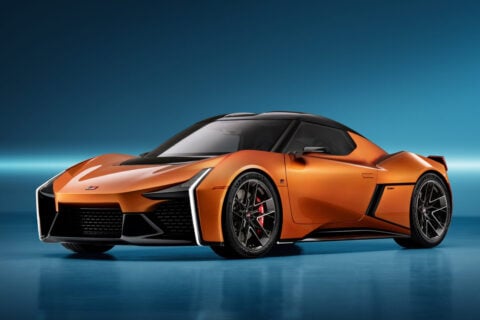McLaren has unveiled its fastest car yet from the marque. The Speedtail was first announced two years ago under the codename BP23, the hyper-GT informally serving as the successor of the legendary 3-seater McLaren F1 in 1992.
As the latest member of the brand’s exclusive Ultimate Series, the Speedtail is powered by a newly developed hybrid powertrain that delivers a staggering combined power figure of 1,036 hp, boasting a top speed of an equally eye-watering 403 km/h while traversing 0-300 km/h in a paltry 12.8 seconds.
The biggest talking point that has the automotive world engaged in debate is undoubtedly the styling of the Speedtail – at first glance, reminiscent of Bonneville land speed record cars and other British hypercars of yore. The narrow, 5,137 mm long Speedtail is wrapped entirely in carbon fibre body panels, with its streamlined shape and rear-end helping to minimise drag. The monocoque carbon chassis is a completely new creation, developed specifically for the Speedtail. Looking inside, the car’s most resounding feature – the three-seat layout with carbon fibre centre driver’s seat and two passenger seats at the back are integral to the chassis design. Looking towards the future – its wing mirrors are replaced by digital rear-view cameras; and when in “Velocity” mode, the cameras are able to be retracted in an effort to reduce turbulence. Other changes for achieving maximum top speed include optimising the powertrain, reducing ground clearance by 35mm, and active aerodynamics- featured in the active rear ailerons in curiously flexible carbon fibre.
All 106 Speedtails have been spoken for and delivery will start in 2020. Will it be a car that will earn its place in the automotive hall of Valhalla as its F1 predecessor 26 years ago? Only time will tell.






